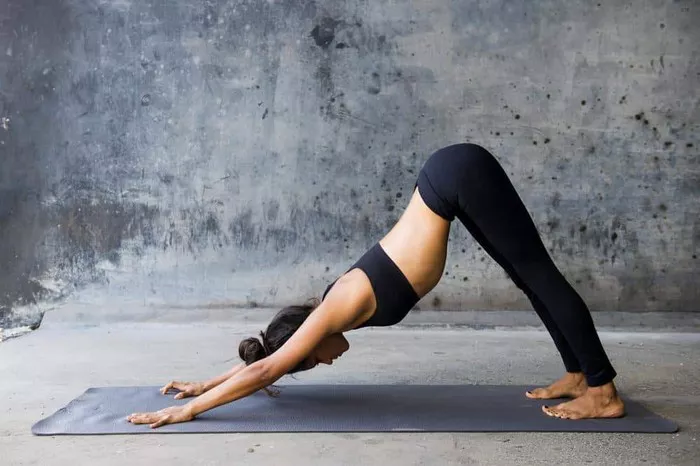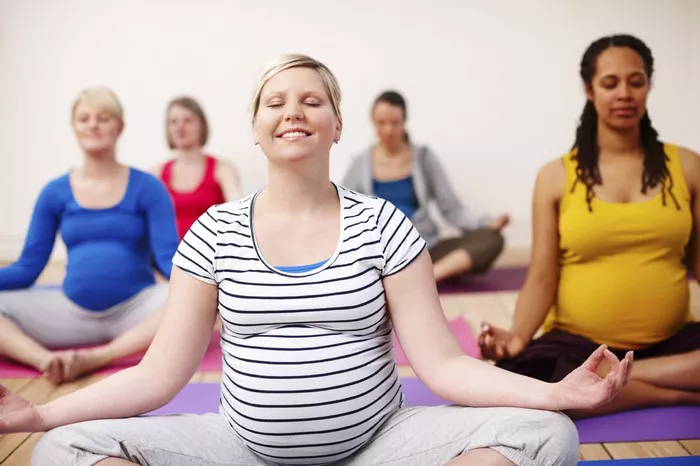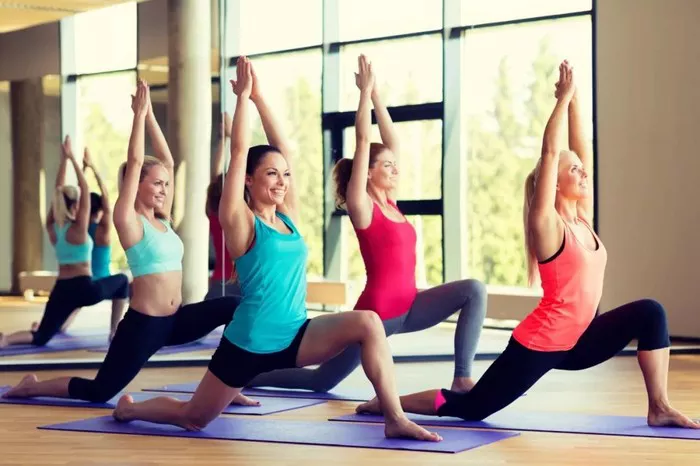Hot yoga, also known as Bikram yoga, has gained immense popularity in recent years for its numerous health benefits and intense workout experience. Traditionally practiced in heated studios, hot yoga combines various yoga poses with high temperatures to enhance flexibility, detoxification, and mental focus. While attending a studio class offers guidance and community support, practicing hot yoga at home can be convenient and cost-effective. In this comprehensive guide, we’ll explore everything you need to know to create a safe and effective hot yoga practice in the comfort of your own home.
Understanding Hot Yoga
Before delving into the specifics of practicing hot yoga at home, it’s essential to understand the fundamentals of this unique yoga style. Hot yoga typically follows a series of 26 postures and two breathing exercises, performed in a room heated to temperatures ranging from 95 to 105 degrees Fahrenheit with a humidity level of around 40%. The heat and humidity facilitate deeper stretching, increased circulation, and toxin elimination through sweat.
Preparing Your Space
Creating an appropriate environment is crucial for a successful hot yoga session at home. Choose a spacious, well-ventilated room where you can comfortably lay out your yoga mat. Consider investing in a space heater and a humidifier to mimic the conditions of a hot yoga studio. Ensure that the room is free from distractions and clutter to promote focus and relaxation.
Selecting the Right Equipment
While hot yoga primarily requires a yoga mat, there are a few additional items that can enhance your practice. Opt for a high-quality, non-slip yoga mat designed to withstand moisture and heat. Lightweight, breathable clothing made from moisture-wicking fabrics is essential to stay comfortable and dry during your practice. Keep a towel handy to wipe away sweat and prevent slipping on your mat.
Hydration and Nutrition
Proper hydration and nutrition are critical aspects of hot yoga practice, both in the studio and at home. Drink plenty of water throughout the day leading up to your practice to stay hydrated. During your session, have a water bottle nearby to sip on between poses. Avoid heavy meals immediately before hot yoga, opting instead for light, easily digestible snacks to fuel your body without weighing you down.
Safety Considerations
While hot yoga offers numerous benefits, it’s essential to approach it with caution, especially when practicing at home. Listen to your body and avoid pushing yourself beyond your limits, particularly in the heat. If you’re new to hot yoga or have any underlying health conditions, consult with a healthcare professional before starting a home practice. Be mindful of signs of overheating, such as dizziness, nausea, or excessive fatigue, and take breaks as needed to cool down and hydrate.
Starting Your Practice
Now that you’ve prepared your space and gathered your equipment, it’s time to begin your hot yoga practice at home. Follow these steps to get started:
1. Warm-Up: Begin with a gentle warm-up to prepare your body for the heat and intensity of the practice. You can start with a few rounds of sun salutations or gentle stretches to loosen up your muscles.
2. Breathing Exercises: Hot yoga typically incorporates specific breathing exercises, such as the Bikram breathing technique. Practice deep, diaphragmatic breathing to oxygenate your body and calm your mind.
3. Follow a Sequence: While hot yoga studios often follow a set sequence of postures, you have the flexibility to tailor your home practice to your preferences. Choose a sequence of poses that target different muscle groups and incorporate both standing and seated poses for a well-rounded practice.
4. Focus on Alignment: Pay close attention to your alignment in each posture to prevent injury and maximize the benefits of the practice. Engage your core muscles, maintain a strong foundation, and listen to your body’s feedback as you move through the poses.
5. Stay Hydrated: Take regular breaks to hydrate throughout your practice, especially in the heat. Sip on water between poses to replenish fluids lost through sweat and prevent dehydration.
6. Cool Down: As your practice comes to an end, gradually transition into a cooling down phase. Spend a few minutes in a seated or reclined position, focusing on deep breathing and relaxation to allow your body to recover.
7. Rest and Rehydrate: After completing your practice, take time to rest and rehydrate your body. Drink plenty of water to replenish fluids and support recovery, and listen to your body’s need for rest and relaxation.
Maintaining Consistency
Consistency is key to reaping the full benefits of hot yoga, whether practiced at home or in a studio. Aim to incorporate hot yoga into your weekly routine, scheduling regular sessions to build strength, flexibility, and mindfulness over time. Set realistic goals for your practice and celebrate your progress along the way.
Exploring Online Resources
While practicing hot yoga at home offers flexibility and convenience, it can also be beneficial to supplement your practice with online resources. Many yoga studios and instructors offer virtual classes and tutorials specifically tailored to hot yoga, allowing you to access expert guidance and instruction from the comfort of your own home. Explore different online platforms and instructors to find resources that resonate with you and complement your home practice.
Conclusion
Practicing hot yoga at home can be a rewarding and transformative experience, providing an opportunity to enhance physical health, mental well-being, and overall vitality. By creating a dedicated space, investing in the right equipment, and prioritizing safety and hydration, you can establish a sustainable home practice that supports your health and wellness goals. With consistency, patience, and mindful dedication, you can harness the power of hot yoga to cultivate strength, flexibility, and inner peace in your daily life.
FAQs:
What not to do at hot yoga?
In hot yoga, it’s crucial to avoid overexerting yourself or pushing your body beyond its limits, especially in the heat. Avoid skipping hydration before and during your practice, as dehydration can lead to dizziness and fatigue. Additionally, refrain from practicing on an empty stomach or consuming heavy meals right before hot yoga, as this can cause discomfort and interfere with your performance.
Can you do hot yoga in a steam room?
While it may seem similar, hot yoga is typically practiced in a heated room with controlled temperature and humidity levels, whereas a steam room tends to have higher humidity and less predictable temperatures. Practicing hot yoga in a steam room can increase the risk of overheating and dehydration, as the combination of heat and humidity may be excessive. It’s best to stick to a dedicated hot yoga studio or create a suitable environment at home for your practice.
How many degrees is a hot yoga room?
A hot yoga room is typically heated to temperatures ranging from 95 to 105 degrees Fahrenheit (35 to 40 degrees Celsius), with a humidity level of around 40%. These elevated temperatures help to facilitate deeper stretching, increased circulation, and detoxification through sweat. However, it’s important to listen to your body and avoid pushing yourself too hard in the heat. If you’re new to hot yoga or have any health concerns, consult with a healthcare professional before practicing in a heated environment.

















